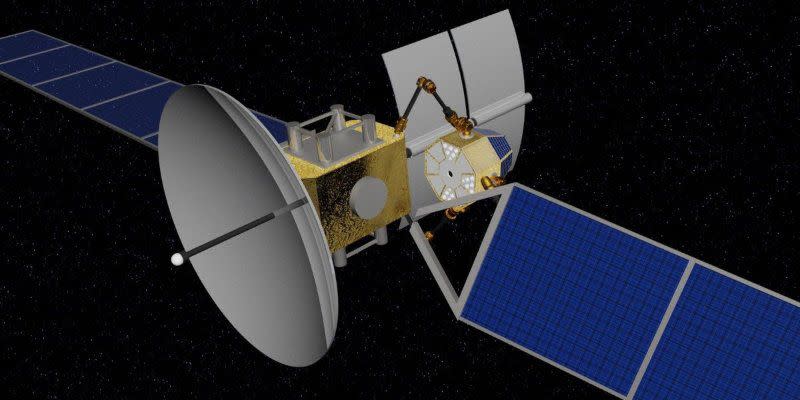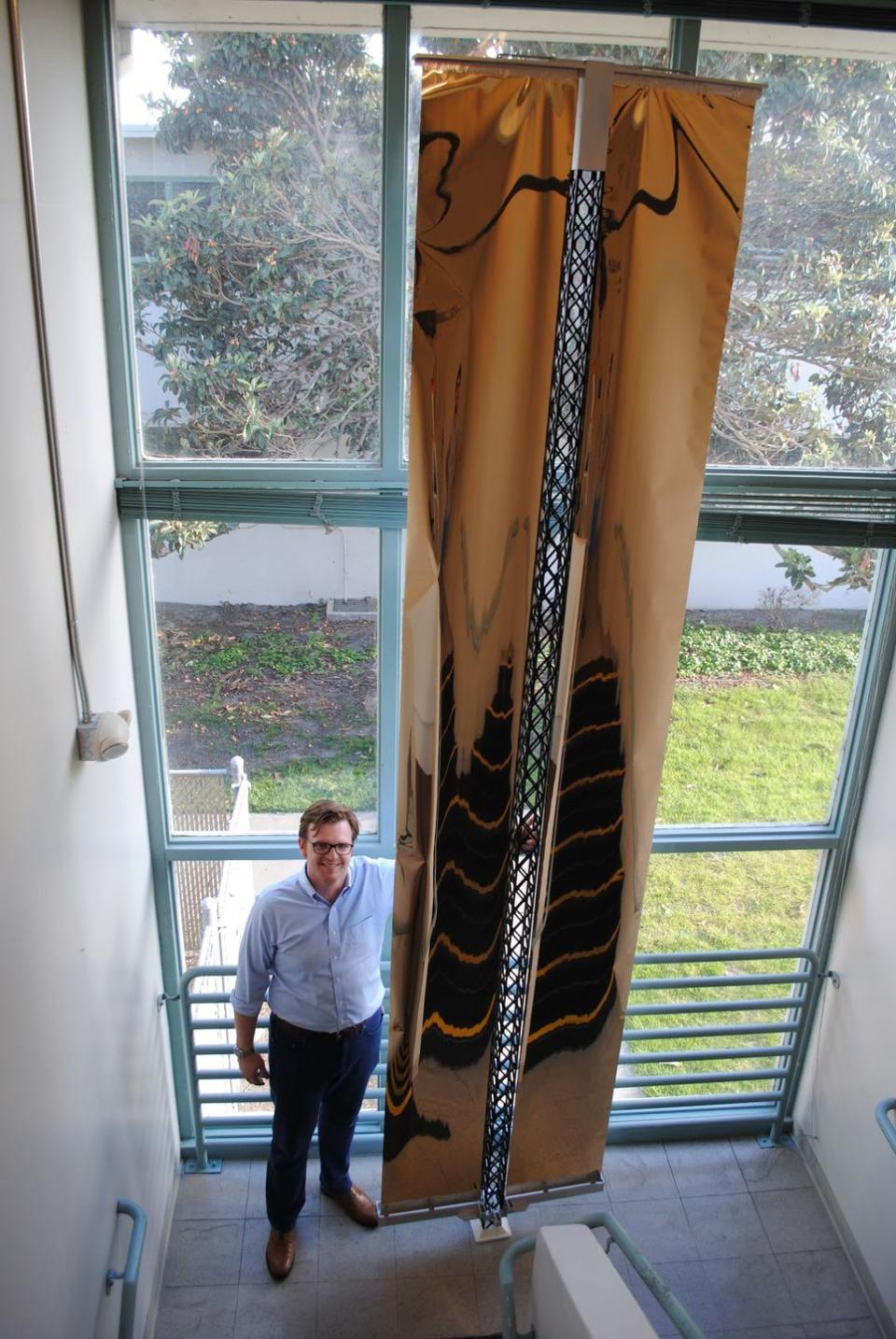Small Satellites Could 3D-Print Their Own Solar Arrays In Space

Small satellites could get a lot more power to work with in the future, thanks to space-based 3D-printing and assembly technology. A new system by company Made In Space will assemble solar panels for smaller spacecraft after they get into orbit, giving them more power-generating capability, and by extension more capability to conduct their missions in general.

The new technology is part of Made In Space’s Archinaut program, which couples 3D-printing and remote assembly to build entire structures in space. While still in development, Archinaut technology is expected to be able to construct scaffolds and radio dishes entirely in the vacuum of space.
This new Archinaut technology is called the Archinaut Power Kit, and it fits on smaller satellites weighing about 300 to 600 pounds. The power kit comes with a solar "blanket," which is unfolded with robotic arms into a solar array. That light-gathering blanket is mounted on a lattice structure built in orbit with 3D-printing. Because this device is constructed in space, it can be contained in a small, lightweight package for launch, ultimately providing more power than other systems light enough to launch with small satellites.
“Archinaut's ability to provide more power for small satellites really unlocks the potential of launch methods and technologies that NASA, DARPA, and others are increasingly investing in and relying upon,” says Made In Space President and CEO Andrew Rush. “Because Archinaut enables multiple kilowatts of power to be delivered on small launchers like the Rocket Lab Electron vehicle, more capable satellites can be deployed at lower cost.”
The first launch of a satellite equipped with an Archinaut Power Kit will likely be in about three years.
h/t Space.com
('You Might Also Like',)

